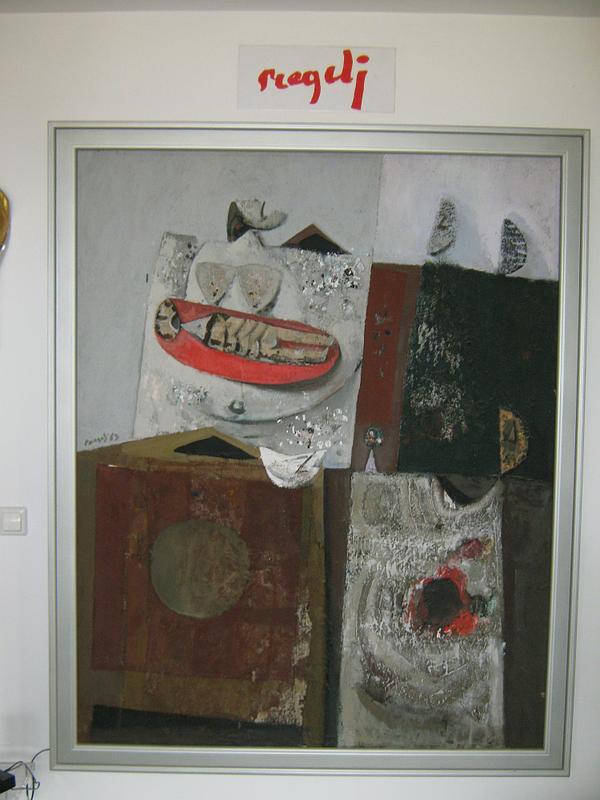
Marij Pregelj was an unusually expressive painter – a Slovenian artist whose quality put him alongside Europe’s masters of modern art.
Born in the town of Kranj in 1913, he was the son on Ivan Pregelj, a poet, writer, and playwright who was well-known for tackling important ethical subjects. Just like his father, Marij Pregelj would go on to look for the meaning of life, but he sought the answer in the visual arts.
Pregelj studied at the Academy of Fine Arts in Zagreb before World War II. When the conflict broke out, he was imprisoned twice, first by the Italian and then the German occupying forces.
In the early postwar years, Pregelj taught at the newly created Ljubljana Academy of Fine Arts. Because the art market was limited during those years of austerity, Pregelj turned to book illustrations. In addition to illustrating several children’s books, Pregelj worked on the Slovenian editions of works by Jack London and Ernest Hemingway, as well as the Iliad and the Odyssey; his illustrations remain classics of the genre to this day. He received widespread praise for his inventive style and was asked to create mosaics for Ljubljana’s Parliament and the Worker’s Union in Trbovlje. Comfortable working in various media, he also created several tapestries during this period.
In the years that flowed, however, it was Pregelj’s paintings left the biggest impact and brought him international acclaim. As if anticipating his early death, he introduced a profound emotional charge into his work. His stylized, highly expressive figures frequently displayed emotional pain through their tortured expressions – and reminded some critics of Picasso’s best works.
His works were exhibited in Sao Paulo, Venice (at the famous Biennale), Tokyo, and other cities around the world, while Pregelj himself traveled the world, kept up-do-date with global artistic trends, and sought recognition and appreciation from the international art community. During the course of his career, Pregelj won a number of awards, including the Guggenheim International award and Slovenia’s prestigious Prešeren Award (twice).
Even though he was a world-class expressionist, he never received the recognition accorded to his equally talented contemporaries from Western countries. He lacked the marketing support available to artists from bigger countries, and he ultimately remained a Yugoslav figure rather than a European one.
Marij Pregelj, whose art often touched on the transience of life, died of complications from cancer in 1967. He was 53 years old.


































































